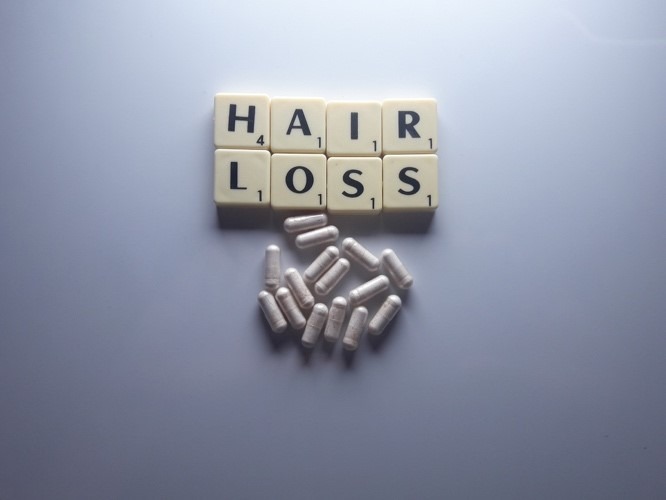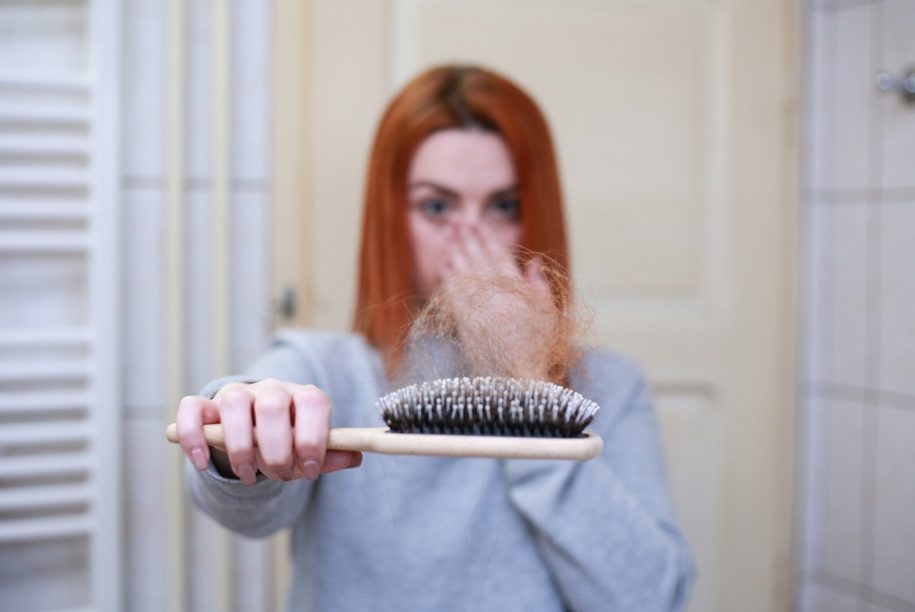Female pattern hair loss is one of the most common hair-loss related concerns amongst women. While men go through a similar condition, i.e., male pattern baldness, the two are quite different. Men have a very predictable pattern while women generally don’t.
However, majority of women, despite going through female pattern hair loss, are able to retain a hairline, unlike men.
Several factors contribute to female pattern baldness, making it difficult to reach an accurate diagnosis.
Genes at Work
Genes and hereditary patterns are some of the first factors medical practitioners look at while making a diagnosis for most medical conditions. Interestingly, the genetic component is variable when it comes to female pattern baldness.
In some women, the genetic factors at play are so transparent, with their mother, sisters, aunts, and grandmother all sharing a similar condition. For others, they’re the first in their families to experience female pattern baldness, making the diagnosis fairly complicated.
Hormones Play A Role Too
One of the essential hormones in our bodies is estrogen as it dictates over 400 different functions. As women age, their estrogen levels decline. And this has a direct impact on the quality of your hair.
Furthermore, estrogen levels are also linked to menopause; therefore, most women experience female pattern baldness as they draw closer to menopause or right after it.

Other Contributing Factors
Besides genes and hormones, there are always other factors to rule out, such as low hemoglobin, iron deficiency, low ferritin, and D3 levels, all of which affect hair growth.
Your diet and the proteins you’re taking, or not taking, have an impact on your hair quality as well. And sometimes, hair loss is a by-product of the stress you continually feel, which will eventually give way to female pattern baldness.
What’s the Way Forward?
The one thing you must keep in mind, though, is that female pattern baldness or, in fact, any hair loss related condition, is not the end of the world. You can take steps to reverse the damage or cope with the situation in other ways.
If you’ve been experiencing continued hair loss for a while, it’s time to see a dermatologist. They may prescribe Minoxidil, which is the only FDA-approved drug to treat FPB. Alternatively, you may be prescribed Spironolactone, which helps block androgen production, boosting hair regrowth.
Your physician may simply change your vitamins to take care of any deficiencies contributing to hair loss.
But suppose these initial efforts don’t play out in your favor. In that case, a more permanent solution is scalp micropigmentation, which is a non-surgical hair loss treatment for women and can help camouflage baldness realistically.
Book a free consultation with us today to determine if you are a candidate for SMP hair treatment.

